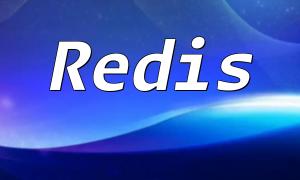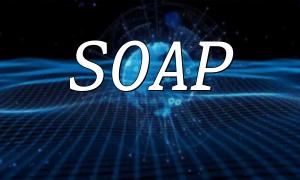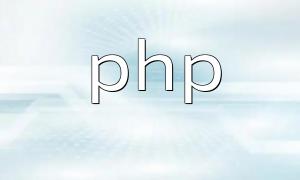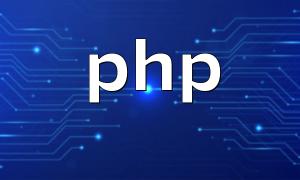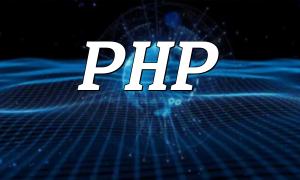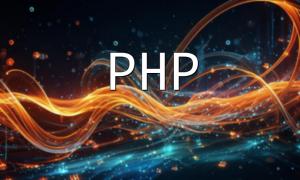PHP is a widely used server-side scripting language for web development. Its flexibility and powerful features make it one of the top choices for building dynamic websites. Mastering PHP fundamentals is the first step toward becoming a skilled web developer.
PHP syntax defines how code is written, including keywords, variables, data types, and statement structures. Variables are containers for storing and manipulating data, and their scope determines where they can be accessed. Operators perform arithmetic, logical, and comparison operations, while control structures such as conditionals, loops, and functions manage program flow.
PHP supports several types of data:
Arrays are one of PHP’s most common composite data types, used to store ordered key-value pairs. Depending on the key type, arrays can be indexed (numeric keys) or associative (string keys). Common array operations include accessing, adding, deleting, and looping through elements.
Objects are a key part of object-oriented programming (OOP) in PHP. They encapsulate data and behavior. Classes define the structure and functionality of objects through properties and methods. Object interaction supports modular and scalable program design.
PHP provides a variety of functions for handling file input and output operations. Common tasks include opening files, reading contents, writing data, and closing files. These features make PHP ideal for managing files, logs, and data streams.
PHP can interact with many database systems, such as MySQL and PostgreSQL. Using built-in functions or the PDO extension, developers can connect to databases, execute queries, insert, update, and delete records. Database integration is essential for dynamic and data-driven websites.
PHP is widely used to process HTML forms, collecting and handling user input. The process includes parsing submitted data, validating input, and storing it in a database or file. Form handling is a crucial aspect of interactive web development.
Understanding PHP basics is essential for building robust and maintainable web applications. From syntax and data types to objects and database handling, each part forms a foundation for writing efficient and secure PHP code.
